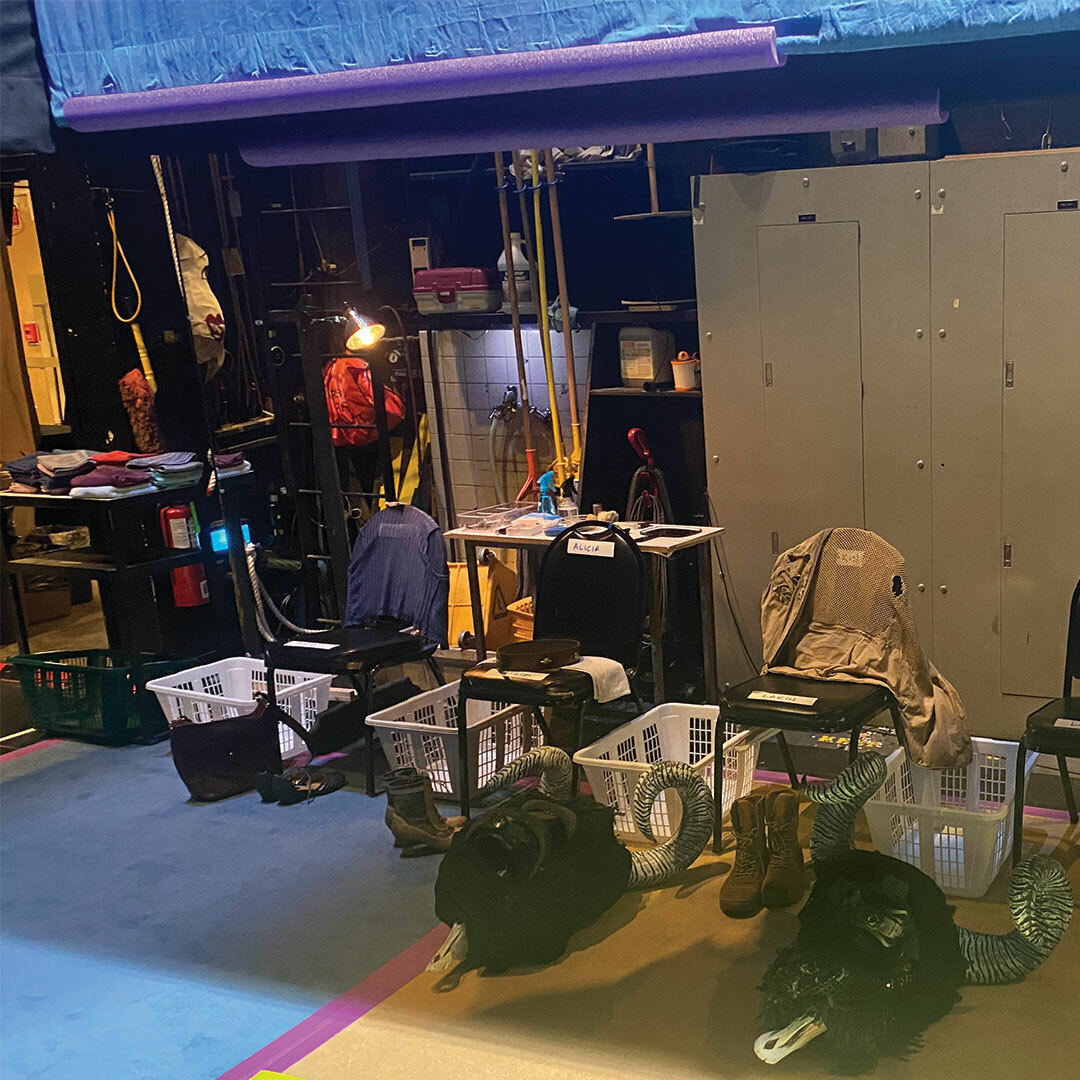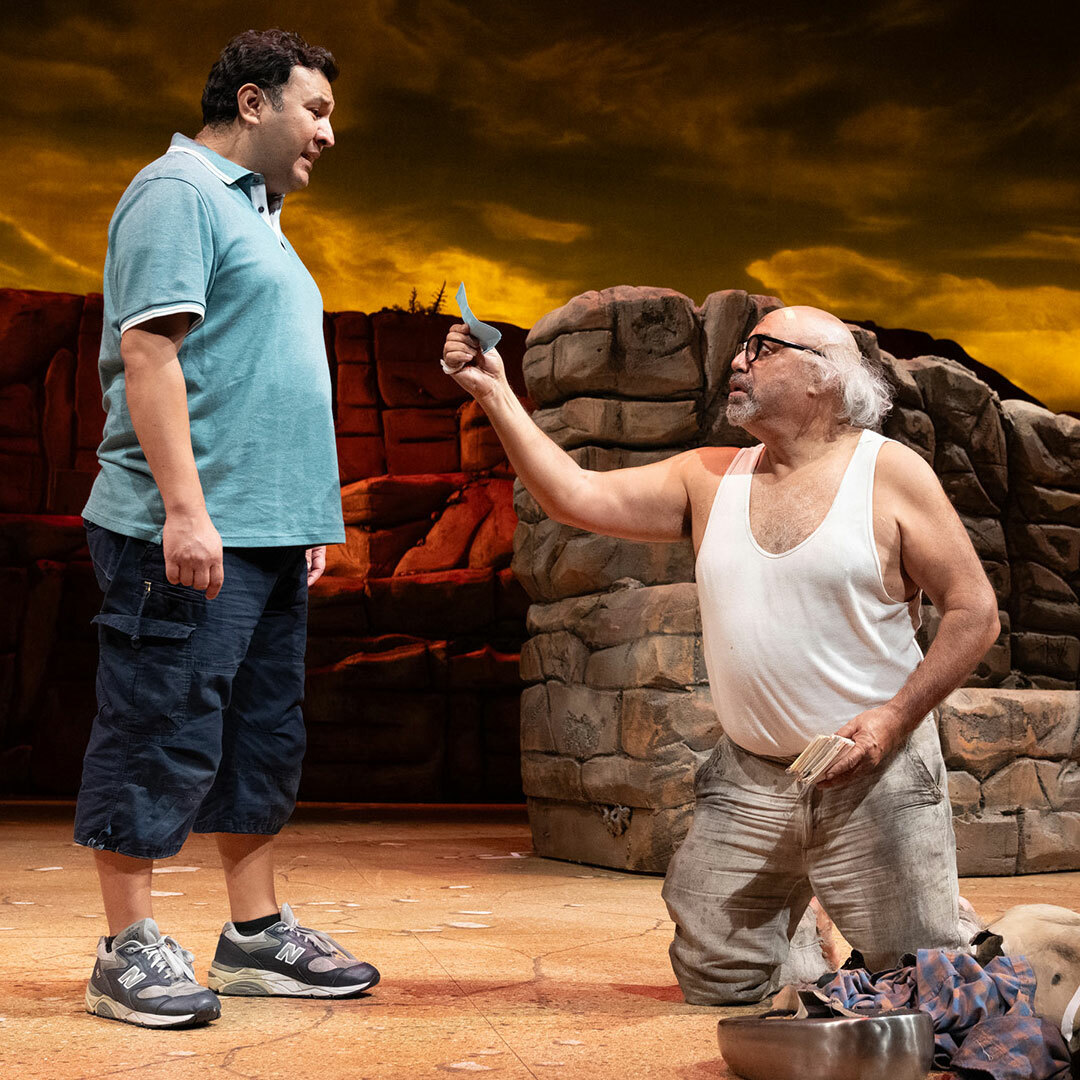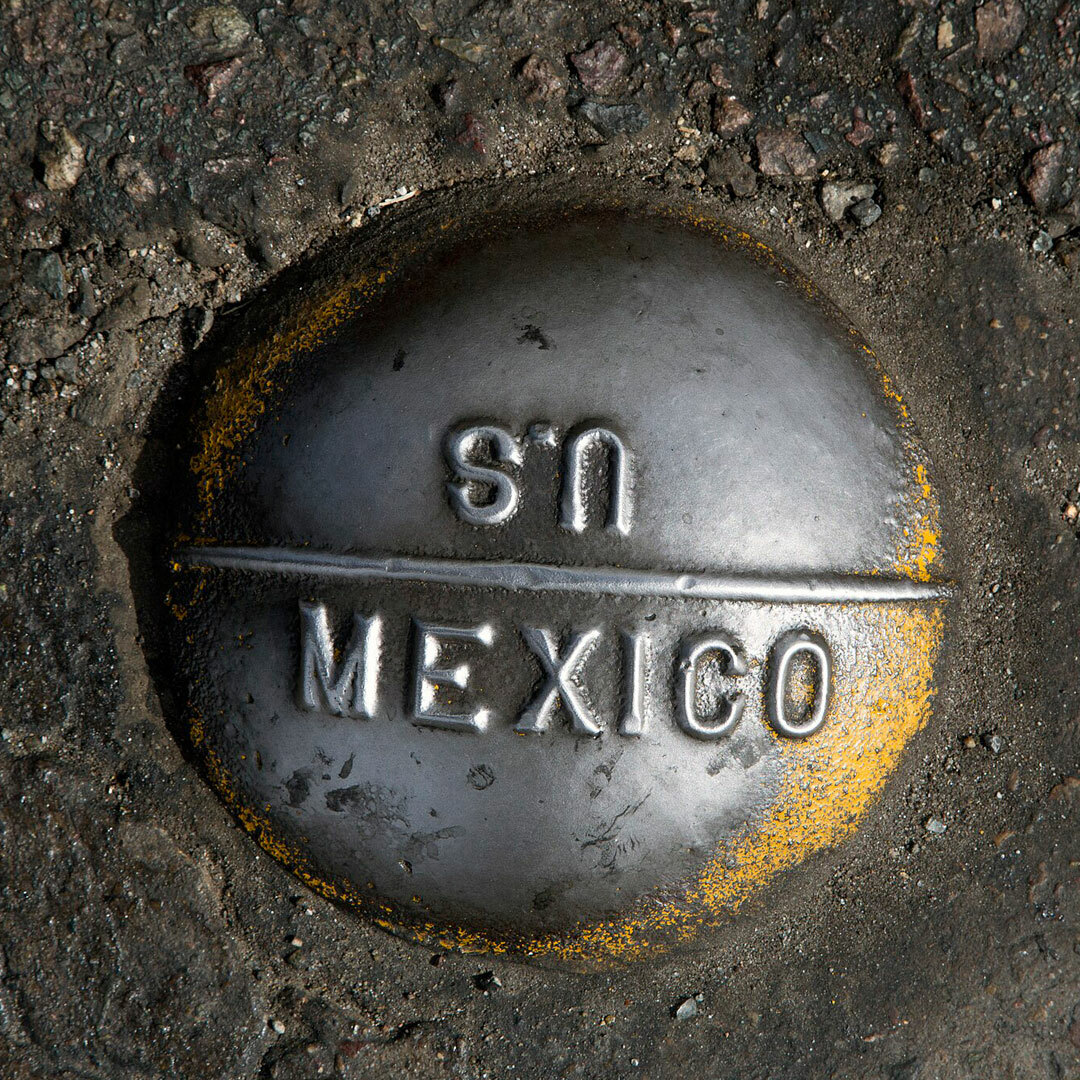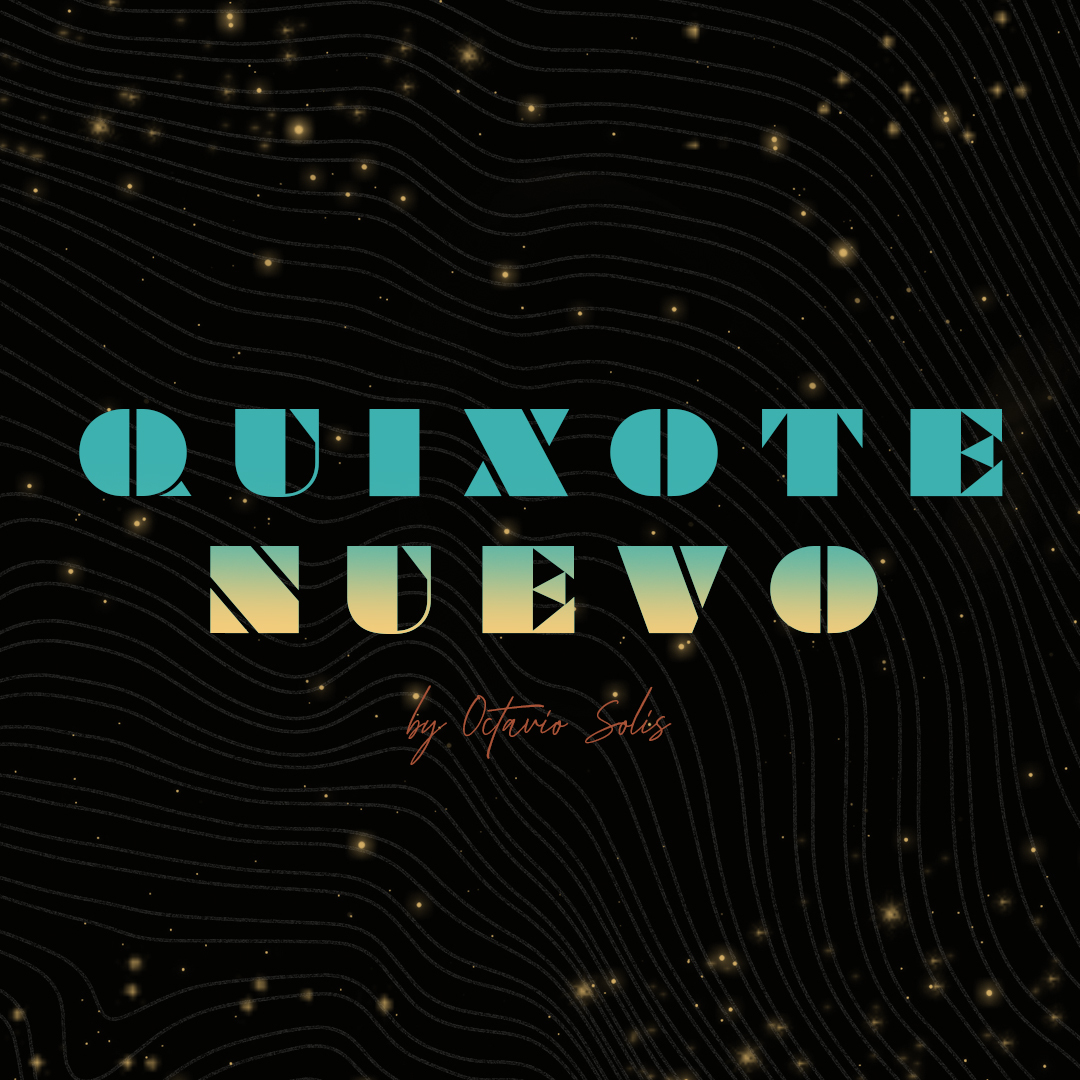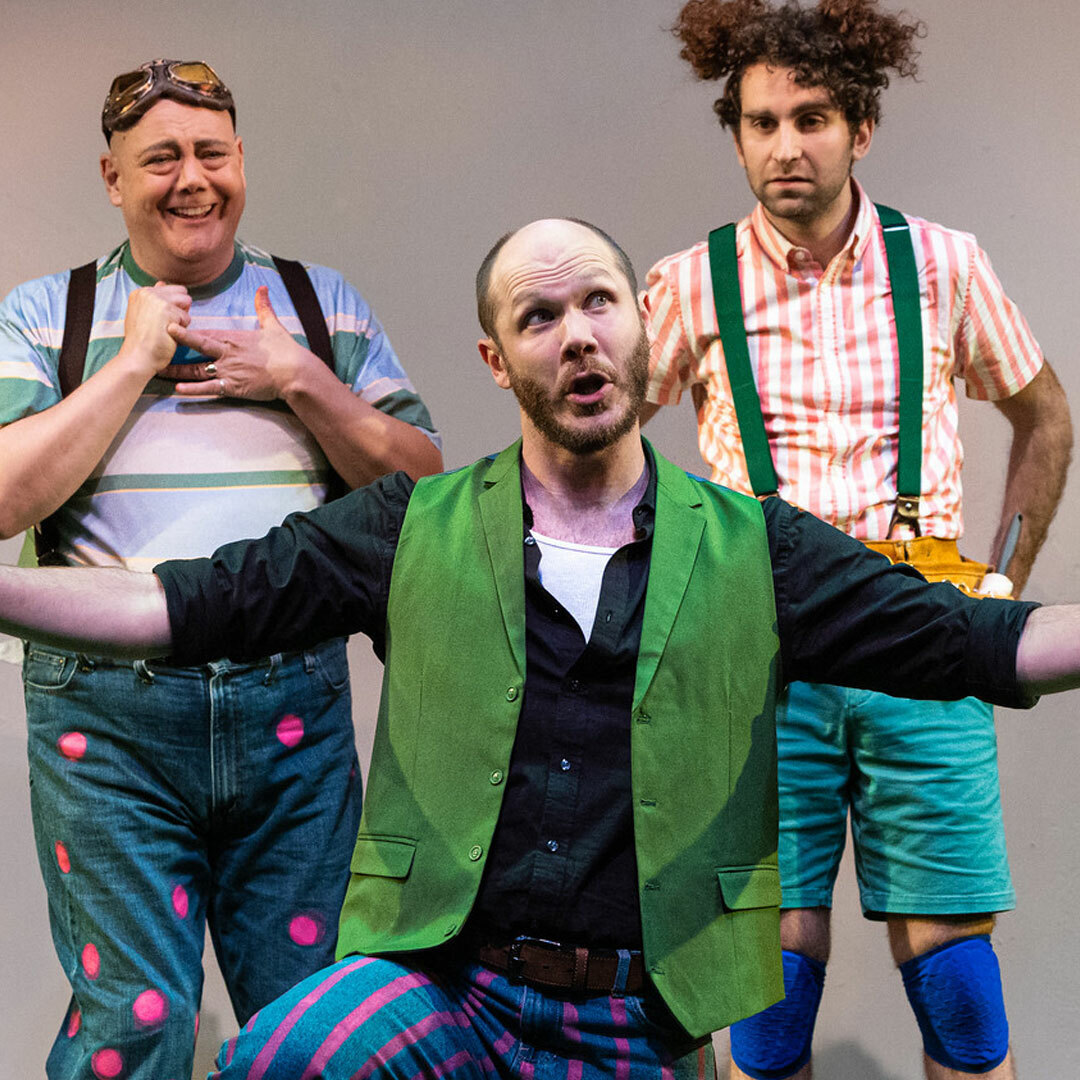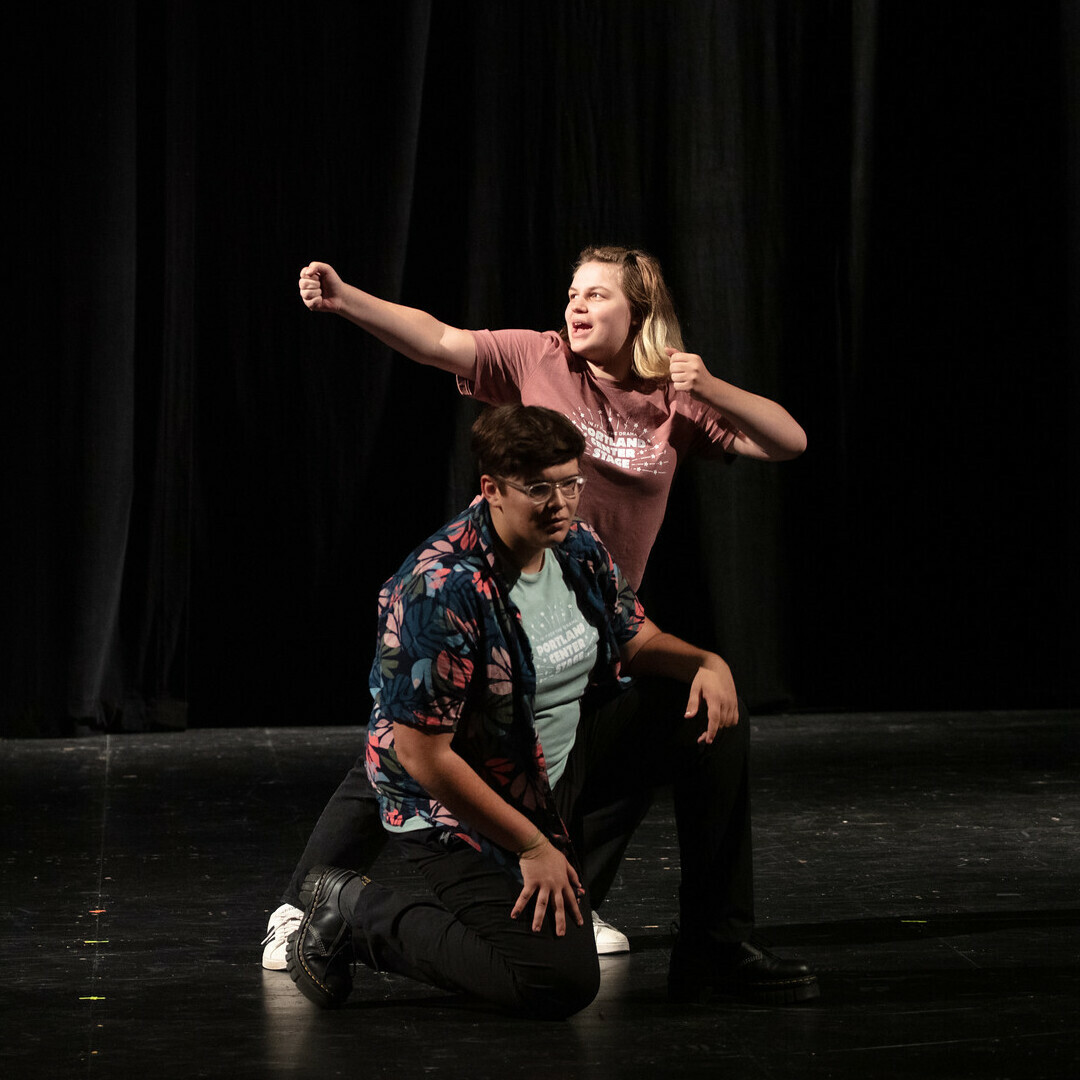An Old Story Made New
What to know about Don Quixote de la Mancha (1605) to understand Quixote Nuevo (2019)
WARNING: POTENTIAL SPOILERS AHEAD!
Octavio Solis’ play Quixote Nuevo is inspired by Miguel de Cervantes Saavedra’s book Don Quixote de la Mancha written in 1605: perhaps the most famous novel ever written in the Spanish language. To understand the play, it is useful to know a little about the original story. Don Quixote de la Mancha is an episodic journey of an old man stuck between reality and the romantic ideals he has read about in literature all his life. The man, Alonso Quixano, goes mad and in his senility imagines he has truly become a knight-errant or wandering knight named Don Quixote. He enlists the service of a squire in his neighbor Sancho Panza, and, believing every knight should have a lady fair, creates a fictitious lover modeled after a farm girl he once knew. He aims to devote his life to protecting the honor of his lady, Dulcinea. When reality does not match with the world of his imagination, the old knight insists that evil enchanters have bewitched the viewers’ eyes so they cannot see the truth.
Below are some important characters, objects, and terms that appear in both the 1605 and 2019 Solis retelling of this epic story.
DON QUIXOTE: The name the old man chooses for himself as a knight-errant.
- 1605: In Cervantes’ original story, he was born Alonso Quixano and lives in La Mancha,
Spain with his housekeeper and niece. - 2019: In Octavio Solis’ adaptation, the old man is called Jose Quijano, or Joe. He is a retired college professor, living along the Texas-Mexico border with his sister, Magdalena, and niece, Antonia. For this Quixote, the threat of assisted living and dementia drives the onset of his madness. Quixote is dubbed a knight in a bar called Rosario’s Lounge and Karaoke Bar he believes to be a castle. The barkeepers, Bruno and Rosario, dub Quixote a knight using the closest thing they have to a religious relic: the petrified trigger finger of Pancho Villa purchased in a pawn shop in El Paso.
SANCHO PANZA: Quixote’s neighbor and sidekick who he convinces to become his squire (or knight’s servant) by promising to make him governor of the first island kingdom he conquers.
- 1605: Sancho leaves his wife and many children with the hopes of returning a wealthy man; he often ends up beaten and bruised for Quixote’s fantasies and mistakes.
- 2019: Manny Diaz is very much in love with his wife and childhood sweetheart, Juana.
DAPPLE
- 1605: Sancho Panza’s donkey. Since the short and portly Sancho is not accustomed to walking, he brings his donkey “Dapple” along on the journey.
- 2019: Manny sells ice cream out of a small cart with a donkey sticker on its side.
ROCINANTE
- 1605: Cervantes has Quixote name his horse, a boney fly-bitten old nag, “Rocinante,” and imagines him a valiant charger.
- 2019: Joe Quijano also had a horse of that name—it had been his mother’s before her death—but now, as an old man, he has attached the dead horse’s painted skull to the handlebars of his bicycle.
DULCINEA
- 1605: In Cervantes’ story, Quixote’s heart belongs to a woman he calls Dulcinea. Since he has no great love, he creates his idol based on a young farm woman named Aldonza Lorenzo, on whom he may once have had a crush, though she was never aware of it.
- 2019: For Joe Quijano, Dulcinea is a migrant worker he met and fell in love with as a child. She was deported back to Mexico but he exchanged letters with her and remains devoted to the idea of one day finding her and bringing her to the United States.
MAMBRINO’S HELMET
- 1605: A legendary magical golden helmet that would make the wearer invincible. Quixote and Sancho come across a barber who is using his brass shaving bowl to cover his head in the rain and, believing the shiny object is Mambrino’s Helmet, Quixote steals it from him and wears it in battle.
- 2019: At a yard sale, Joe and Manny find a hospital bedpan used by a sick woman who could not get out of bed to go to the bathroom. Convinced it is the magical helmet he has been looking for, Joe takes it, and, wearing the potty on his head like a hat, runs off without paying.
WINDMILLS
- 1605: Thinking he is slaying a giant, Quixote plows his lance into the sail of an enormous windmill and is spun up into the air, crashing down with his horse on top of him.
- 2019: For Joe Quijano, the giant he sees is the oppression of a border separating him from his Dulcinea in Mexico. He uses his lance to attack a U.S. government border surveillance balloon.
BALM OF FIERABRÁS
- 1605: An elixir said to be used by medieval knights to cure wounds. When injured, Don Quixote mixes together a home remedy and it makes him vomit and pass out.
- 2019: Without knowing what it is, Joe and Manny take swigs of a strong detox/intestinal cleansing laxative belonging to one of the women they meet in Rosario’s Lounge and Karaoke Bar, resulting in a lot of vomit and diarrhea.
We gratefully acknowledge our friends at Hartford Stage and their Education staff for the use of this material.
Portland Center Stage is committed to identifying & interrupting instances of racism & all forms of oppression, through the principles of inclusion, diversity, equity, & accessibility (IDEA).


